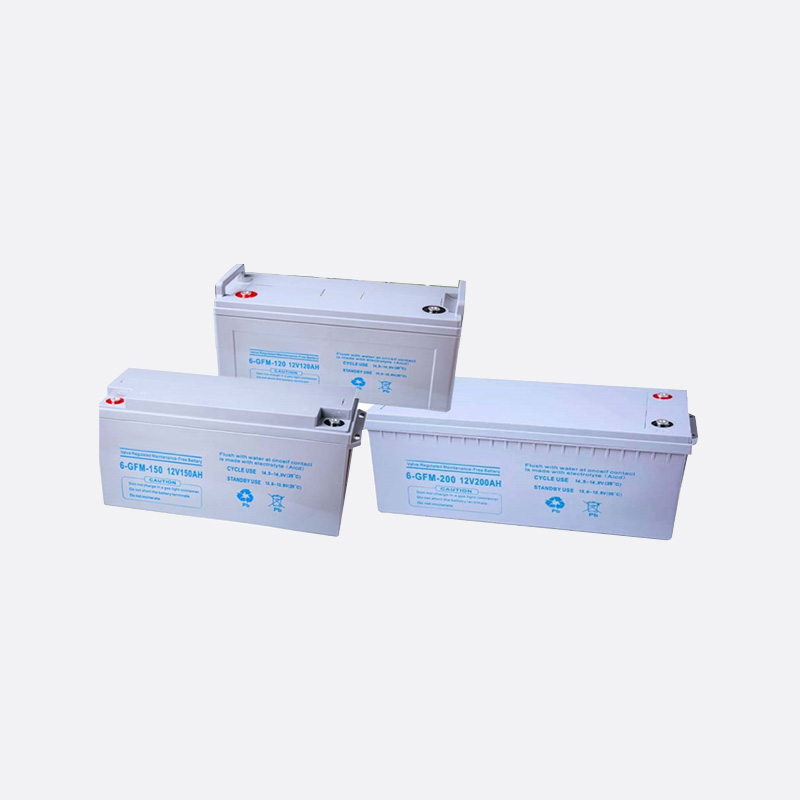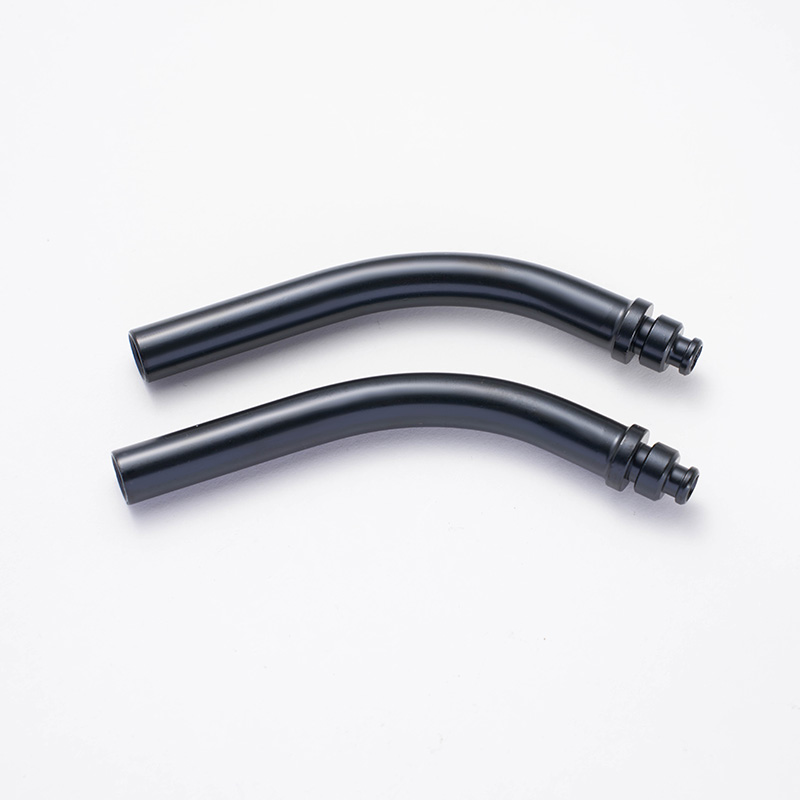Can the Prismatic Battery Pack Be Customized?
The standardized rectangular form of the prismatic battery cell belies a significant degree of customization available at the pack level. Manufacturers can tailor these packs to meet highly specific requirements across various applications.

Voltage and Capacity Configuration: The common form of customization involves connecting individual prismatic cells in series and parallel. Series connections increase the overall pack voltage to meet a system's power demands, while parallel connections increase the total capacity (Ah) to extend runtime. This modular approach allows engineers to design a pack that delivers exact electrical specifications.
Physical Layout and Integration: The rigid, rectangular shape of prismatic cells is advantageous for efficient packing. They can be arranged to fit into unconventional or limited spaces within a device or vehicle. This allows for use of available volume, improving overall design efficiency and often contributing to better weight distribution, a critical factor in electric vehicles.
BMS and Communication Integration: A battery pack is more than just cells. The accompanying Battery Management System (BMS) can be custom-programmed with software algorithms that govern charging parameters, discharge limits, and state-of-charge reporting specific to the application. Furthermore, communication protocols (like CAN bus, UART, or I2C) can be integrated to allow the pack to seamlessly interface with the host system's main controller.
Terminal and Connector Options: Packs can be built with a variety of terminal types, wire gauges, and connector styles to match the mechanical and electrical interfacing requirements of the end product, ensuring a secure and reliable connection.
How to Handle Overcharging of a Prismatic Lithium-Ion Battery?
Preventing and managing overcharging is critical for safety and longevity. A multi-layered strategy is employed, focusing on prevention, monitoring, and mitigation.
Primary Prevention: The Charger: The line of defense is a high-quality, smart charger specifically designed for the battery's chemistry and voltage. This charger should strictly adhere to the correct constant-current/constant-voltage (CC/CV) charging profile and automatically terminate the charge cycle once the upper voltage limit is reached.
Critical Monitoring: The Battery Management System (BMS): The BMS is the intelligent guardian of the pack. It continuously monitors the voltage of individual cells or groups of cells. If any cell approaches its voltage threshold during charging, the BMS's protection circuit module (PCM) will intervene by opening the charging circuit, effectively stopping the flow of current into the pack.
Secondary Safety: The PTC and CID: Each individual prismatic cell contains internal safety mechanisms. A Positive Temperature Coefficient (PTC) device increases its resistance significantly if excessive current raises the temperature, helping to reduce the current flow. Some cells also feature a Current Interrupt Device (CID), a pressure-activated switch that permanently disconnects the internal tab if gas buildup occurs from severe overcharging.
Response to Incident: If overcharging is suspected—indicated by unusual heat, swelling, or the device not holding a charge—the device should be immediately disconnected from the charger and moved to a safe, non-flammable surface. A compromised, swollen, or hot battery should be considered a potential hazard and handled by professionals.
What Are the Safety Features of a Prismatic Battery Cell?
Prismatic lithium-ion cells incorporate a suite of built-in safety features designed to prevent failure and mitigate hazards under fault conditions. These features operate on mechanical and chemical principles.
Vent Mechanism: A critical safety valve is designed into the cell's casing. If internal pressure rises to a dangerous level due to gas generation from overheating or overcharging, this valve will rupture in a controlled manner. This allows gases to vent gradually, preventing a sudden and violent rupture of the entire cell casing.
Thermal Separator: Inside the cell, a specialized ceramic-coated porous polyethylene separator sits between the anode and cathode. Beyond simply insulating them, this separator has a crucial safety function: if the cell temperature exceeds a safe limit (typically around 130°C), the pores in the material melt and close, shutting down the movement of ions and effectively terminating the internal electrochemical reaction.
Stable Chemistry (LFP): Many prismatic cells utilize Lithium Iron Phosphate (LFP) chemistry. The strong covalent bonds in the phosphate cathode make it inherently more stable than other lithium-ion chemistries. It is far more resistant to thermal runaway, as it does not break down and release oxygen at high temperatures, a key factor in cell fires.
Rigid Casing: The hard aluminum or steel casing provides robust mechanical protection for the internal jellyroll. It resists deformation from external impacts or internal swelling, maintaining the integrity of the internal structure and preventing short circuits that could be caused by physical damage.
 boo@zjmgmm.com / 958587858@qq.com
boo@zjmgmm.com / 958587858@qq.com English
English русский
русский Español
Español عربى
عربى







 English
English  Building 33, Demonstration Park, No. 318 Chenguang Road, Eastern New District, Wenling City, Taizhou City, Zhejiang Province, China
Building 33, Demonstration Park, No. 318 Chenguang Road, Eastern New District, Wenling City, Taizhou City, Zhejiang Province, China  0086-576-86337978
0086-576-86337978  0086-576-86333878
0086-576-86333878
 boo@zjmgmm.com
boo@zjmgmm.com 